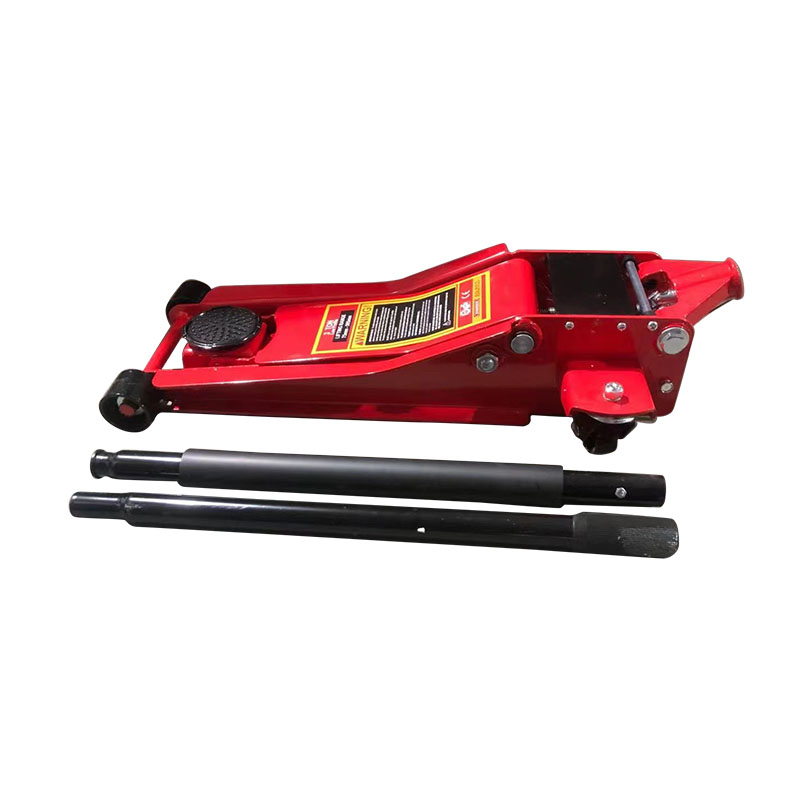How to use hydraulic jack correctly?
2025-10-21
Liquids are fluid and incompressible. When liquids are subjected to external pressure, the internal pressure can be transmitted in all directions. The way to transmit power by the flow of pressurized liquid in a closed container is hydraulic transmission. The most common single hydraulic transmission system is a hydraulic jack.
Main working characteristics of hydraulic transmission
(1) The pressure of the hydraulic system depends on the external load. Taking the hydraulic jack as an example, the greater the load on the load end of the jack, the higher the pressure of the oil in the system;

(2) The movement speed of the actuator depends on the flow entering the actuator. Taking the hydraulic jack as an example, the lifting speed of the hydraulic cylinder is positively correlated with the flow of oil entering the hydraulic cylinder. When there is a leak in the oil, the lifting speed of the hydraulic cylinder will slow down;
Composition of the hydraulic system
| Component | Example Components | Primary Function |
|---|---|---|
| (1) Power Mechanism | Hydraulic Pump, etc. | Supplies pressurized fluid to the hydraulic system; converts the mechanical energy input from the prime mover into the pressure energy of the oil. |
| (2) Actuating Mechanism | Hydraulic Cylinder, Hydraulic Motor, etc. | Converts the pressure energy of the oil into the mechanical energy of the actuator to output power. |
| (3) Control & Regulation Mechanism | Stop Valve, Check Valve, etc. | Controls the flow rate, direction, and pressure of the fluid within the system to regulate its operating state. |
| (4) Auxiliary Components | Oil Pipe, Oil Tank, Oil Filter, Pressure Gauge, etc. | Used for the storage, filtration, and transmission of the hydraulic medium, as well as for measuring and displaying parameters such as temperature, flow rate, and pressure. |
| (5) Working Medium | Hydraulic Oil | Transmits power and lubricates the moving parts within the hydraulic equipment. |
What should be paid attention to when using a hydraulic jack
1. When using a hydraulic jack, the bottom should be flat and tough. Use oil-free wooden boards to expand the pressure-bearing surface and ensure safety. Do not use iron plates instead of wooden boards to prevent slipping.
2. Lifting should be stable. After the weight is lifted slightly, check for any abnormalities. If there are no abnormalities, continue to lift the top. Do not arbitrarily extend the handle or operate it too hard.
3. Do not overload or exceed the height limit. When the red line appears on the plunger, indicating that the rated height has been reached, stop lifting.
4. When multiple hydraulic jacks are operating simultaneously, a dedicated person must be in charge to ensure that the lifting and lowering are synchronized. Supporting wooden blocks should be placed between adjacent hydraulic jacks to ensure spacing to prevent slippage.
5. When using a hydraulic jack, always pay attention to the seals and pipe joints to ensure they are safe and reliable.
6. Hydraulic jacks should not be used in locations with acids, alkalis, or corrosive gases.




